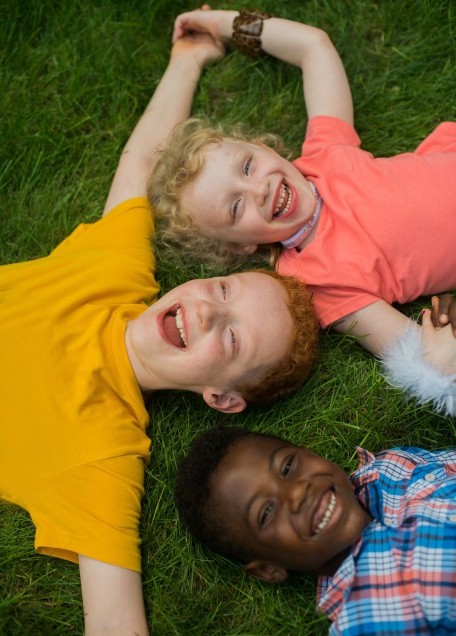Talking To Kids About Fear And Violence
 Acts of violence in schools and other public places have stunned the nation. Knowing how to talk with your child about violence will play an important role in easing fear and anxieties about their personal safety in these tenuous times as well as helping them to manage rising concerns.
Acts of violence in schools and other public places have stunned the nation. Knowing how to talk with your child about violence will play an important role in easing fear and anxieties about their personal safety in these tenuous times as well as helping them to manage rising concerns.
To guide parents through discussions about fear and violence, Mental Health America offers the following suggestions:
-
Encourage children to talk about their concerns and to express their feelings. Some children may be hesitant to initiate such conversation, so you may want to prompt them by asking if they feel safe at school, in their neighborhood, or in public places. When talking with younger children remember to talk on their level.
-
Validate the child’s feelings. Do not minimize a child’s concerns. Let him/her know that serious acts of violence are not as common or likely as they may seem, despite so much media attention.
-
Talk honestly about your own feelings regarding violence. It is important for children to recognize they are not dealing with their fears alone.
-
Discuss the safety procedures that are in place at your child’s school, in your neighborhood, and in other public places. Arrange a presentation by McGruff the Crime Dog, a member of the local police force, or a neighborhood watch captain.
-
Create safety plans with your child. Help identify which adults (a friendly secretary, trusted neighbor or security guard) your child can talk to if they should feel threatened. Also ensure that your child knows how to reach you (or another family member or friend) in case of crisis.
-
Recognize behavior that may indicate your child is concerned about their safety. Behavior such as bed-wetting, thumb sucking, baby talk, or a fear of sleeping alone may intensify in some younger children, or reappear in children who had previously outgrown them. Teens and adolescents may minimize their concerns outwardly, but may become argumentative, withdrawn, or allow their school performance to decline.
-
Empower children to take action regarding their safety. Encourage them to report specific incidents (such as bullying, threats or talk of suicide, or weapons) and to develop problem solving and conflict resolution skills.
-
Keep the dialogue going and make safety a common topic in family discussions rather than just a response to an immediate crisis. Open dialogue will encourage children to share their concerns.
-
Seek help when necessary. If you are worried about a child’s reaction or have ongoing concerns about his/her behavior or emotions, contact your pediatrician or a mental health professional at school or at your community mental health center.
Excerpted from “Talking To Kids About Fear And Violence” from Mental Health America. Read the full article online.
Source: Mental Health America | Talking To Kids About Fear And Violence, https://mhanational.org/talking-kids-about-fear-and-violence | © Copyright 2022 Mental Health America, Inc.
If you have concerns about your child or teen, CHC Care Coordinators can arrange a free 30-minute consultation so you can explore options with an expert. We invite you to call or email us at 650.688.3625 or careteam@chconline.org to set up an initial Parent Consultation appointment. CHC teletherapy services are available now.





